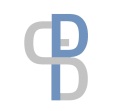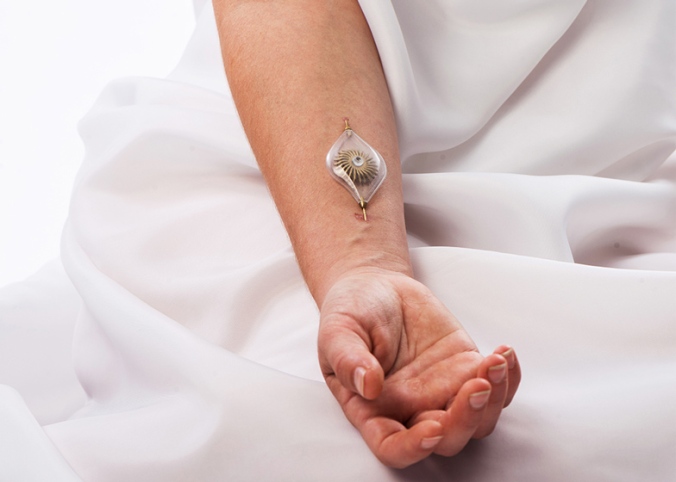How network communication effectiveness is key to projects success
 Image source: Siemens Robotics Lab/Princeton, New Jersey/USA. In information technology, networking* is the construction, design, and use of a network, including the physical (cabling, hub, bridge, switch, router, and so forth), the selection and use of telecommunication protocol and computer software for using and managing the network, and the establishment of operation policies.
Image source: Siemens Robotics Lab/Princeton, New Jersey/USA. In information technology, networking* is the construction, design, and use of a network, including the physical (cabling, hub, bridge, switch, router, and so forth), the selection and use of telecommunication protocol and computer software for using and managing the network, and the establishment of operation policies.
Highlight: “researchers at the Princeton, N.J., laboratory of Siemens’ Corporate Technology division have developed a collection of 3D-printing robots resembling large spiders (SISpis). The cybernetic arthropods are designed to operate both independently and cooperatively, working together to fabricate custom objects and assemblies…the machines are engineered for the research, development, and testing of algorithms for fabrication, perception, navigation, and collaboration…The most intriguing aspect of the SiSpis machines is the way they work together. As one example, the printing spiders do not carry any material due to their limited load-bearing capacity. Rather, each arthropod is paired with a “sidekick” robot that carries up to two spools of feedstock…”
Insight: Collaboration is key in any type of innovative work. Robotics have evolved greatly in the last decade or so concurrently with networks and notably the internet as the international platform for inter-connectivity. The merging of the two fields: robotics + networks will continue to see a new breed of devices come out that will slowly change our way of life. The wireless age is definitely here to stay and interconnections between devices is set to increase tremendously.
In business networking is of primary importance particularly when working on large projects with input expertise from around the world. The age of teams being physically present in the same space/location simultaneously to work on a project, despite sometimes still necessary, is coming to an end. Indeed new technologies now allow to work efficiently remotely. The challenge is no longer getting people in physical proximity but to ensure the strength and relevancy of the communication networking tools. As there are now many different platforms available to share information, choosing the most appropriate for a specific project will have fundamental implications on the success rate of that project. Despite common beliefs that every large project always reaches completion because of the significant costs involved, the failure rate of projects is actually high (around 40%)…
Some common examples of the variety of networking tools include:
- Video-conferencing systems (some are much more reliable than others: working with a system that constantly breaks, has poor sound/video quality is irritating and will affect performance…);
- Instant messaging applications;
- File sharing systems (often cloud based platforms);
- Specialized databases tools;
- Management tools (it is important that someone keeps track of who is doing what and manages communications between members: a network project manager with the help of a robust system…)
Are you working on a project that requires bringing people remotely together from around the world? If so, perhaps spend some time deciding on the appropriate communication tool(s) to use for this specific project as making the wrong initial choices could escalate to catastrophic failure…
More information: here
What is Biomimetics: the field of gaining inspiration from nature first to solve some of our most difficult challenges. Instead of coming up with our own solutions to a problematic, the odds are that species or natural systems on the planet already offer an ultimate solution. This simple fact is also another strong case to preserve species at all cost as the intellectual heritage contained within or through the study of species is both irreplaceable and invaluable…

